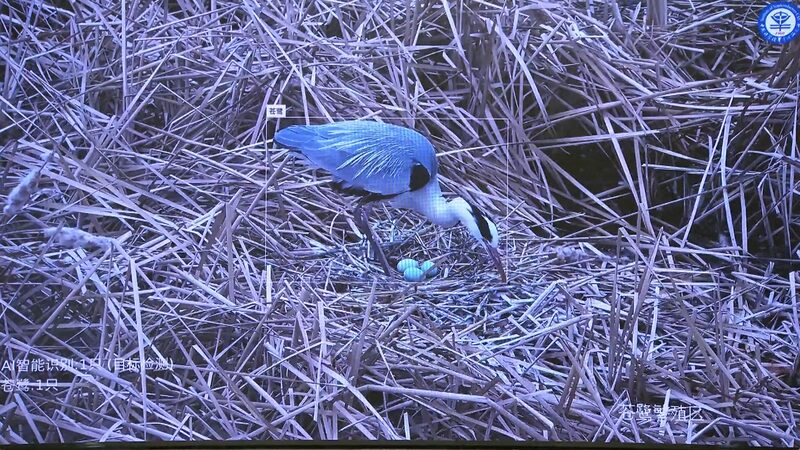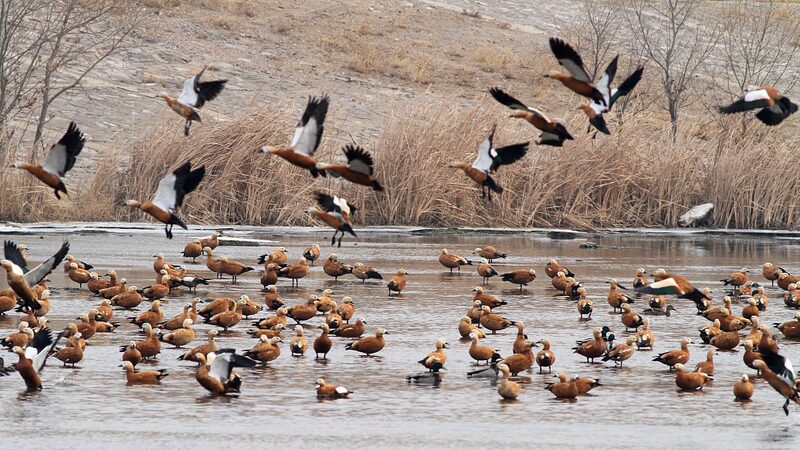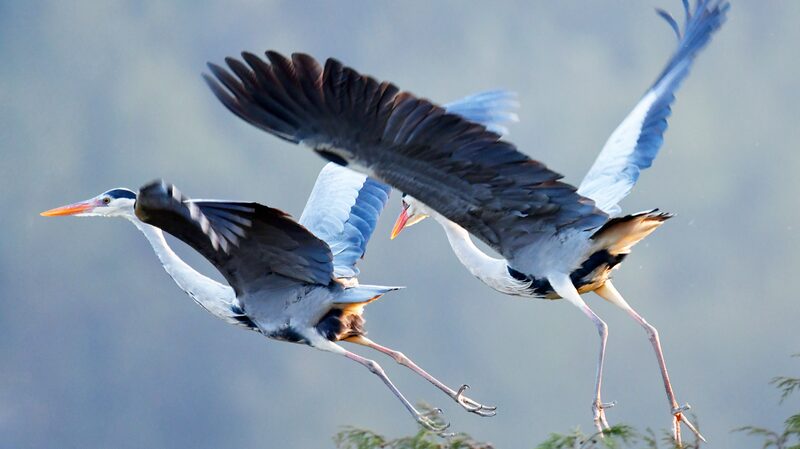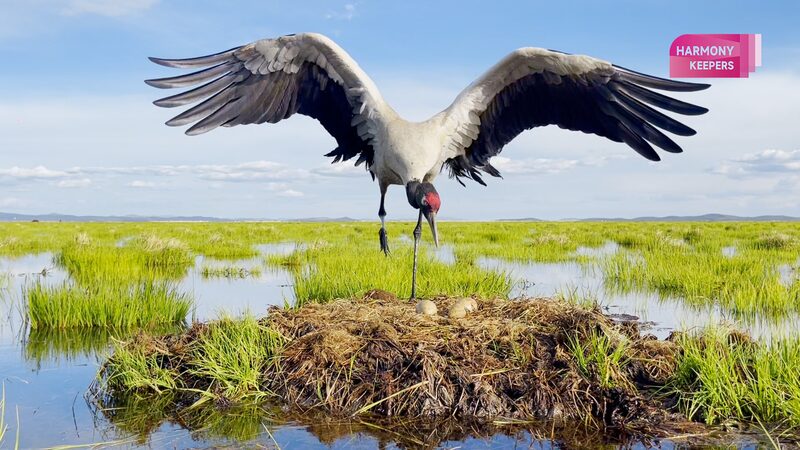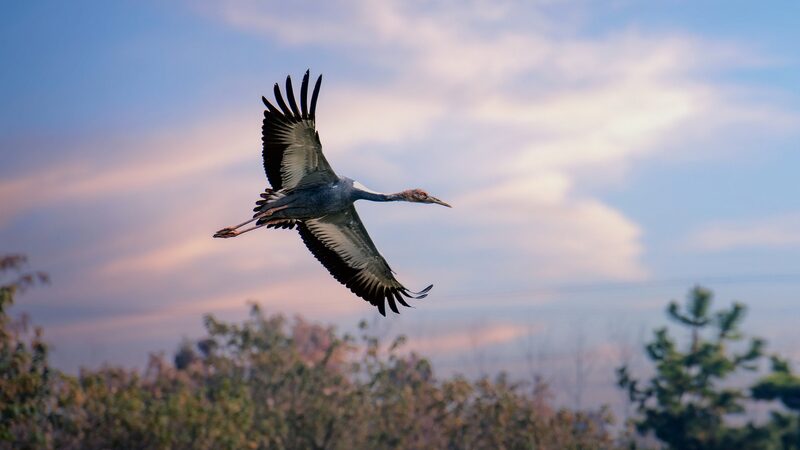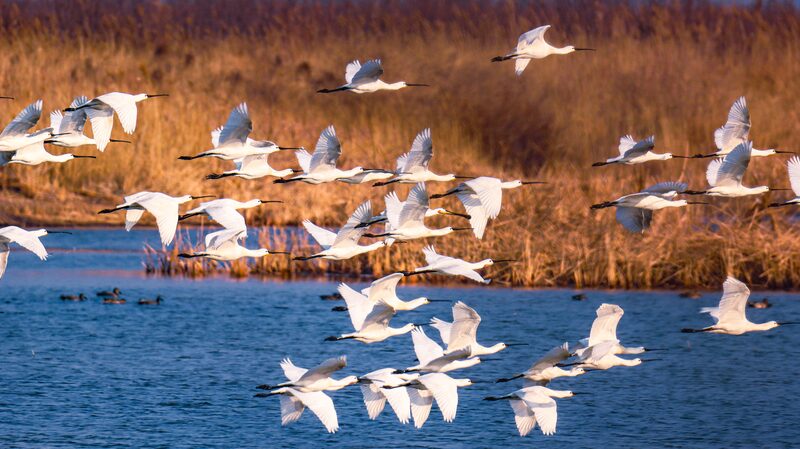As dawn breaks over Yeyahu National Wetland Park in Beijing, flocks of migratory birds take to the sky, their patterns mapped not only by nature but by cutting-edge technology. China is embracing artificial intelligence (AI) and satellite positioning to safeguard these winged travelers, providing new tools in the conservation of migratory species.
Yeyahu National Wetland Park serves as a crucial transit point for birds migrating along the East Asia-Australia flyway. Hosting 32 species, including nationally protected white spoonbills, gray cranes, and herons, the reserve is at the forefront of integrating technology with wildlife conservation.
AI Recognition Enhances Monitoring
To better understand and protect these species, the park has installed high-definition video monitors equipped with AI recognition technology. “We can clearly observe the habits of different bird species, which greatly supplements manual monitoring,” said Guo Xuxiong, head of the park’s scientific research and monitoring section.
The AI system allows researchers to accurately track the arrival times and numbers of herons and other birds. This data enables them to make informed decisions about habitat management, such as adjusting water levels to suit the needs of different species. “If the water level is too high or too low, we can regulate it in time,” Guo explained.
Satellite Tracking Maps Migration
In addition to AI, satellite tracking technology provides real-time location data on migratory birds. By fitting birds with satellite-enabled trackers, researchers can monitor their migration routes across vast distances. Qian Fawen, director of the National Bird Banding Center of China, highlighted the significance of this approach.
“Using our self-developed online platform, we can see the migration routes of various bird species across the country,” Qian said. Recent data revealed that black-necked cranes have returned to Zoige in Sichuan Province, signaling their arrival at breeding grounds.
Data-Driven Conservation Efforts
The wealth of information gathered enables researchers to make timely and scientifically sound conservation decisions for species such as black-necked cranes, whooping cranes, and oriental white storks. Measures include increasing farmland habitats to provide resting and feeding areas for migrating birds.
Recognizing that migratory birds traverse international borders, Chinese researchers actively collaborate with counterparts abroad. “We have established close exchanges with our international peers, especially in bird banding,” Qian noted. “For example, we share information annually with Japan on red-crowned cranes, black-billed gulls, geese, ducks, and other birds.”
Global Collaboration for Wildlife Protection
Qian emphasized the importance of international cooperation in wildlife conservation. “We can only protect migratory birds if we pay attention to them and protect them together,” he said. Such collaboration ensures that conservation efforts are coordinated along the entire length of migratory routes.
As technology continues to advance, it provides powerful tools for understanding and preserving the delicate ecosystems that migratory birds depend on. China’s integration of AI and satellite technology in wildlife conservation sets a precedent for innovative approaches in protecting the natural world.
Reference(s):
AI, satellite technology aid migratory birds protection in China
cgtn.com
